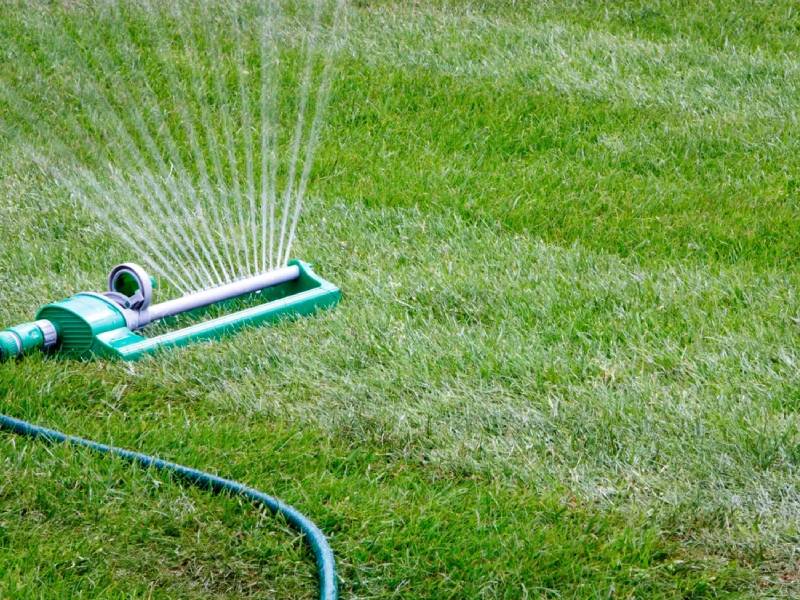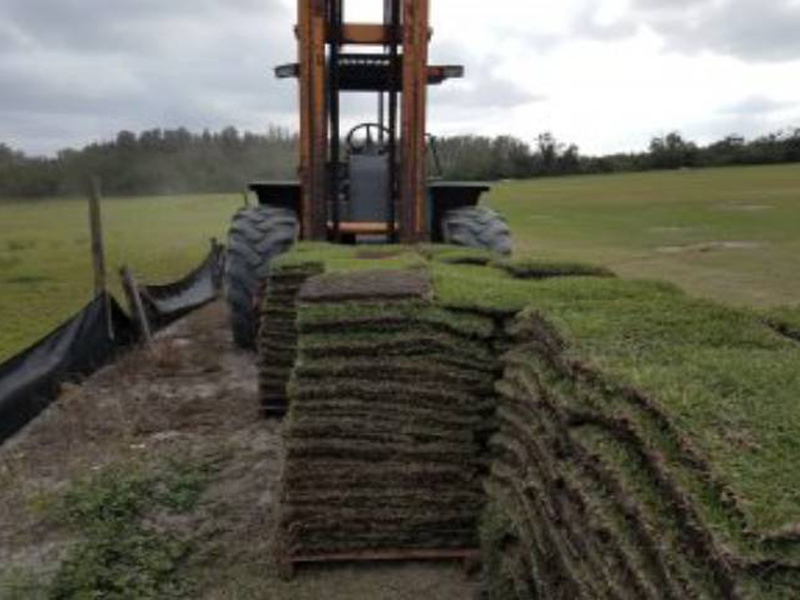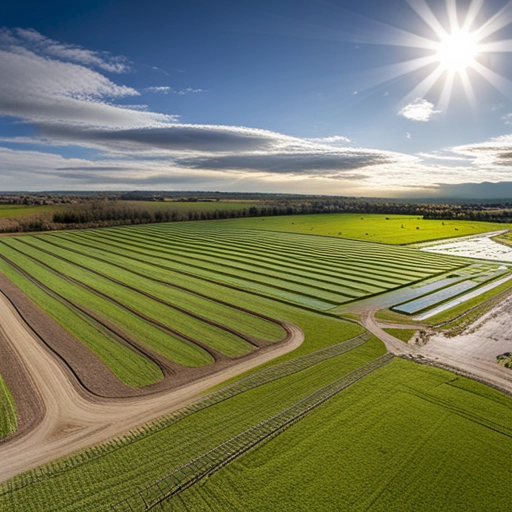Your lawn has been planted with the best sod grown. It doesn’t end there. It will need your help to continue to grow healthy and lush.


Once the sod is established, usually after one month, apply a fertilizer appropriate for the grass you have chosen. We recommend fertilizing twice a year (October and March) and to use the product called 16-4-8.
We advise that you don’t fertilize in summer months.
Many don’t know, but sod cut straight from the farms and laid in your yard will experience stress. During this time you are also going to be giving your sod more water than usual. The added moisture is another reason your new lawn can be prone to diseases. We recommend putting down a good quality fungicide. Your lawn professional should have a product they use, if not, you can purchase one on your own either online or at a big box store. As with all products used on your lawn, please follow labeled instructions properly to receive the best care possible for the sod.

Monday – Friday 7:00 AM – 4:00 PM
Saturday 7:00 AM – 1:00 PM
Deliveries are made Monday – Saturday
We speak both English and Spanish

© 2024 | Website by RecJet Media